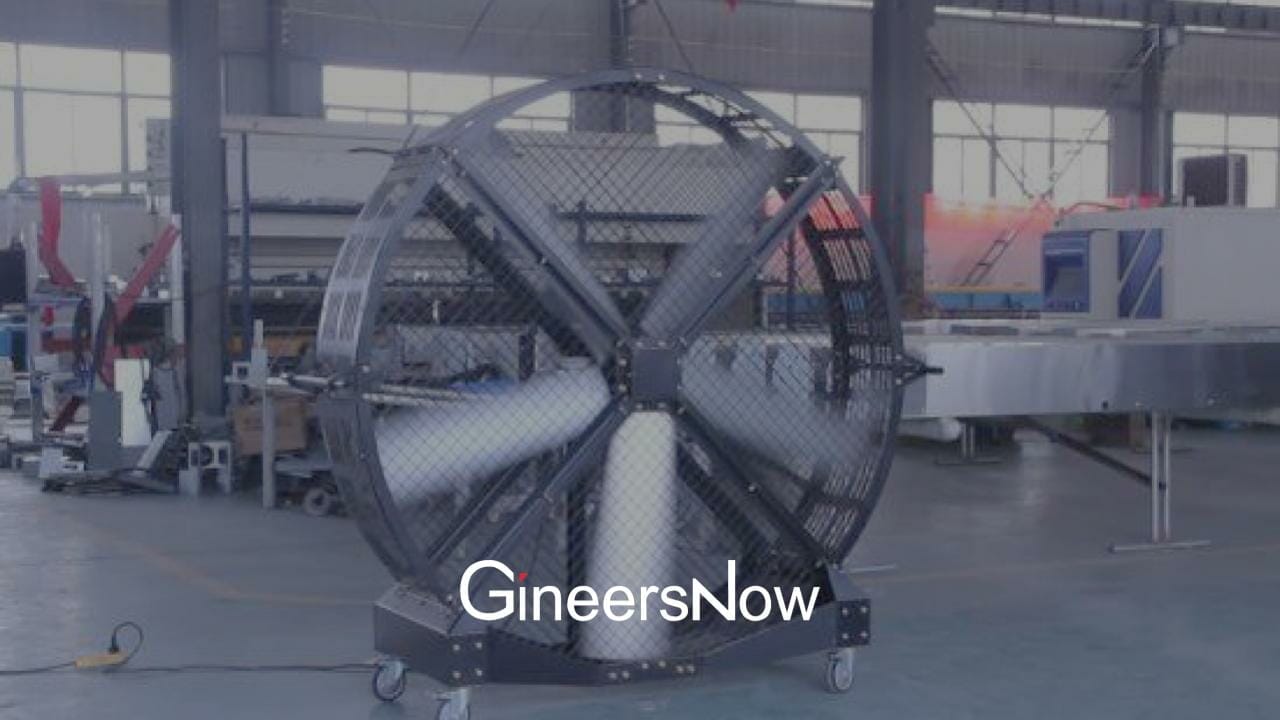The importance of beam loads in protecting the structural integrity of buildings cannot be understated. In order for a building to remain safe and sound, its beams must be able to carry and distribute a variety of loads. Building engineers must carefully plan for and install these beam loads to ensure that their structures are designed well and can endure the rigors of time.
Varied Beam Loads
Varied beam loads are essential components of many structures, such as bridges and buildings. Properly designed and constructed varied beam load systems can help ensure these structures’ integrity while providing additional support in the event of an earthquake or other natural disaster. Different types of varied beam load systems are available depending on the needs of the structure, including moment frames and braced frames.
Moment frames utilize steel beams that resist lateral forces applied to a structure by distributing them along their length. These beams feature flanges that connect with columns at each end, allowing them to absorb large amounts of energy from earthquakes or wind storms without compromising structural integrity. On the other hand, Braced frames employ diagonally arranged steel members that form a truss-like shape to reduce lateral displacement during dynamic events.
Identifying Load Types
Identifying load types is a critical part of engineering and construction projects. Determining the type of load that an object needs to endure is essential for ensuring safety and stability. With so many different types of loads, knowing which one applies to your project can be difficult. One common type of load is a beam load, which appears in many structures, from bridges to buildings.
Beam loads are forces that act on structural elements like beams or trusses in the form of point loads, distributed loads, or combinations thereof. Point loads are concentrated at a single point along the length of the beam whilst distributed loads have more spread-out effects – commonly from weight distribution or wind force acting on a surface area over time. Moreover, beam loading can occur due to thermal expansion or contraction caused by temperature changes as well as seismic activity caused by earthquakes and other natural disasters.
Design Considerations
When designing a structure, the beam loads must be taken into consideration. Beams are essential components of a structure, and their design must be done with precision to ensure adequate support for the overall structure. This article will explore various design considerations that need to be accounted for when dealing with beam loads.
The first aspect to consider is the type of load being applied to the beam – whether it is tension or compression, point or distributed load, or permanent or variable load. The magnitude of the load should also be determined to ensure that sufficient strength is provided by the beam to handle it without failing. The material used for construction should also be chosen carefully, as it affects both the strength and cost of construction.
Structural Integrity Principles
Structural integrity principles play an important role in determining beams’ load capacity, which is a fundamental component of most engineered structures. These principles govern how engineers design beams to ensure they can safely withstand the loads they will experience during their service life. To ensure optimal structural integrity, engineers must consider several key factors when designing beams.
First, they must determine the magnitude and direction of all applied loads on the beam and calculate its stiffness requirements accordingly. Secondly, they must understand and consider any natural vibrations that may occur due to environmental factors such as wind or seismic activity. Finally, engineers must use high-quality materials with suitable strength-to-weight ratios for building their beams to guarantee adequate structural integrity over time. By carefully applying these principles, engineers can design beams with sufficient load capacity for safe operation over extended periods.
Relationship to Building Code
Structural engineers must understand building codes well and ensure that all designs adhere to the strict regulations set out by the governing body. One of the most important parts of these codes is related to beam loads. Beams are an integral part of any structure and must be designed properly to carry the load safely.
The codes for beam loads outline requirements such as size, strength, materials, and spacing between beams, among others. Structural engineers must know how to calculate loads accurately so they can design their beams according to code. This includes determining the appropriate live and dead load values based on factors such as occupancy type and climate conditions. The engineer must also be able to estimate deflection levels using different formulas to ensure safe operation over time.
Load Assessments & Testing
Load assessments and testing are vital components of construction, particularly when it comes to beam loads. Beams carry the weight of a structure and must be properly tested to ensure they can support the load intended for them. This task is not one that should be taken lightly, as any failure can lead to dangerous outcomes.
To accurately measure the capacity of a beam, engineers will employ numerous tests and techniques, such as static loading tests, dynamic loading tests, fatigue tests, and more. Static loading tests involve placing a series of weights on top of the beam to measure its deflection under different loads. Dynamic loading tests measure how a beam responds to impacts such as seismic activity or vibrations from other sources. Fatigue testing reveals how well the beam holds up under repeated cycles of stress and strain over time.
Read GineersNow Construction Magazine for FREE
Editor’s Note: Structural Integrity with Varied Beam Loads
Beam loads are an essential consideration in the design and construction of any structure. Without proper consideration, the structural integrity of a building or other structures may be compromised. It is important to consider varied beam loads when constructing to ensure that a structure stands for years to come. This article examines how beam loads should be implemented to protect structural integrity and also provides some tips on how best to use them.
Protecting the structural integrity of any building or structure is paramount to its safety and longevity. Varied beam loads are one of the most important tools to achieve that goal. Creative solutions such as varied beam loads can alleviate unnecessary stress on the entire framework while providing adequate support for the rest of the structure.
Using an assortment of different beams with varied load capacities allows architects and engineers to distribute weight more evenly across space rather than relying solely on one type or size of beam for all areas in need of support. This technique minimizes potential damage caused by increased strain since each beam can handle its designated load better than if multiple loads were placed on a single beam.
For any structure to remain safe and sound, the correct beam loads must be applied to maintain its structural integrity. Beam loads are important in constructing any structure, as they provide support and stability. Failure in applying adequate beam loads can result in several issues, including reduced durability, failure of components, or even complete collapse. As such, it is important to understand the varied types of beam loads and how they can effectively protect the structural integrity of any building.

Final Thoughts: Protect Structural Integrity with Varied Beam Loads
In conclusion, beam loads are a critical component of maintaining structural integrity. Relying on a single beam load can be detrimental as it limits flexibility and increases the risk of failure. By utilizing varied beam loads, engineers and builders can ensure that their structures will remain safe and secure in any environment. Varying beam loads gives design teams more options to find the best solution for their specific project. Furthermore, different beam load configurations allow for greater resilience against changing environmental conditions or unforeseen circumstances.
It is essential to remember that varying beam loads are important to any building’s structural integrity. When beam loads are not varied, the chances of a building collapse or a structural failure increase exponentially. Thus, architects and engineers need to understand how to implement varied beam loads into their designs to ensure the safety of all occupants in a structure.










